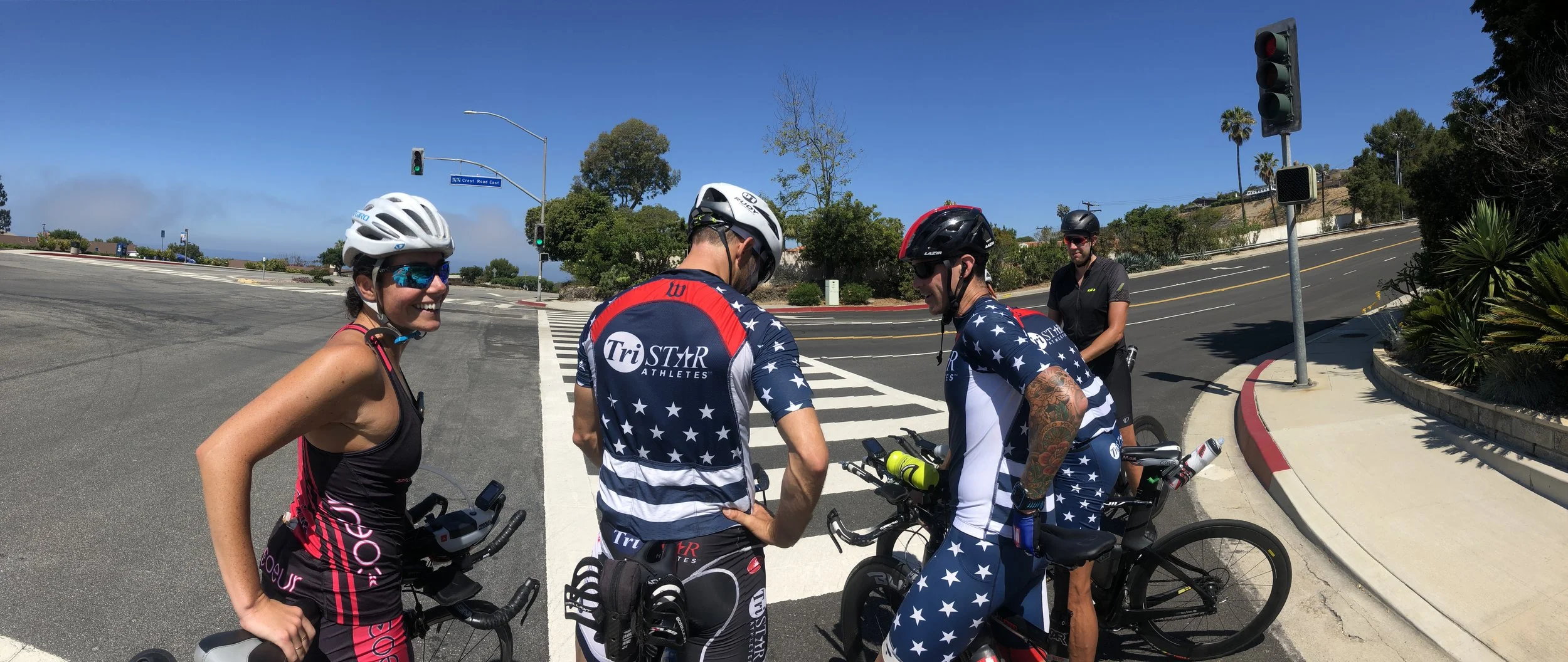As a cyclist or triathlete, how you ride makes a difference depending on what the goal is and what you are trying to accomplish. Our coaches have put together these key points for you to think about depending on your goals and abilities.
What is cadence? This is the frequency of pedal revolutions while you are cycling. Cadence can range as very low of 40rpm to 130rpm. (Revolutions per minute)
Why should you care? Cadence can help improve your speed potential at all levels of cycling. What cadence you select can create a leveraged advantage based on course dynamics and muscles being used.
For Triathletes
Typical cadence is 79-86rpm, 90 and greater for recovery rides.
Flatter courses may see cadence as low as 45-70rpm for more intermediate and advanced athletes. (The majority of the flat course ride would be a higher cadence than this as an average). Using a lower cadence puts the strain on the legs versus the “transmission” or heart. This can save extra energy and heart beats for the run.
Short climbs; triathletes should stand on the pedals and slightly “pound over” the hills if they are less than 30seconds in duration and incline of less than 8%.
Intermediate climbs; triathletes in thinking of race pacing should stand on the pedals for the first 1/3rd of the hill and then sit and spin up the rest. (Note workouts may call for a different approach)
Long climbs; triathletes for race pacing should “sit” these and spin up them at the appropriate effort and power output. Cadence range will depend on the grade. (avg cadence 70-85rpm) (Note workouts may call for a different approach)
Recovery rides; Triathletes will use a cadence of 86rpm and greater for recovery rides. Cadence lower than this can create added unneeded muscle strain on recovering legs.
Very high cadence work; Cadence 110-130rpm and greater can be used to train fast twitch muscles and turnover for cycling. While triathletes will benefit from lower cadence than traditional cyclists, they still can use high cadence drills to benefit their overall cycling capability.







